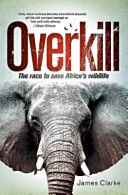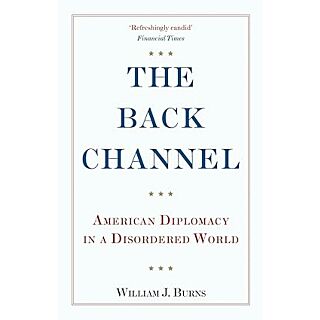Local Storage seems to be disabled in your browser.
For the best experience on our site, be sure to turn on Local Storage in your browser.
Related Products
Check items to add to the cart or
Ninety percent of the world's megafauna (its larger creatures) have disappeared since humans migrated from Africa and fanned out across the rest of the world. Within a very short time the megafauna - mammoths, mastodons, woolly rhinoceros and the huge carnivores that preyed upon them were extinct. Only Africa seems to have escaped: not unscathed, but not entirely vanquished either. This book:* describes the history and extent of human impact on the worlds wildlife (marine included), good and bad;* it examines, in particular, the status of wildlife in Africa - the world's last great mega-faunal sanctuary;* and it questions whether Africa's wildlife has reached its lowest ebb, and whether it is about to witness the turn of the tide?The author sounds a note of cautious optimism: conservation initiatives have gained a new urgency in the 21st century, and governments in Africa and elsewhere are showing increasing resolve to tackle poaching. Vast trans-frontier parks, many still in development, have the potential to provide a sustainable habitat for the continent's megafauna. If we can muster both local and international support, name and shame the rogue nations, and build a practical conservation model that does not conflict with human needs, then Africa's wildlife can perhaps be saved.
| Author | James Clarke |
|---|
Write Your Own Review
Only registered users can write reviews. Please Sign in or create an account












Sign In
Create New Account